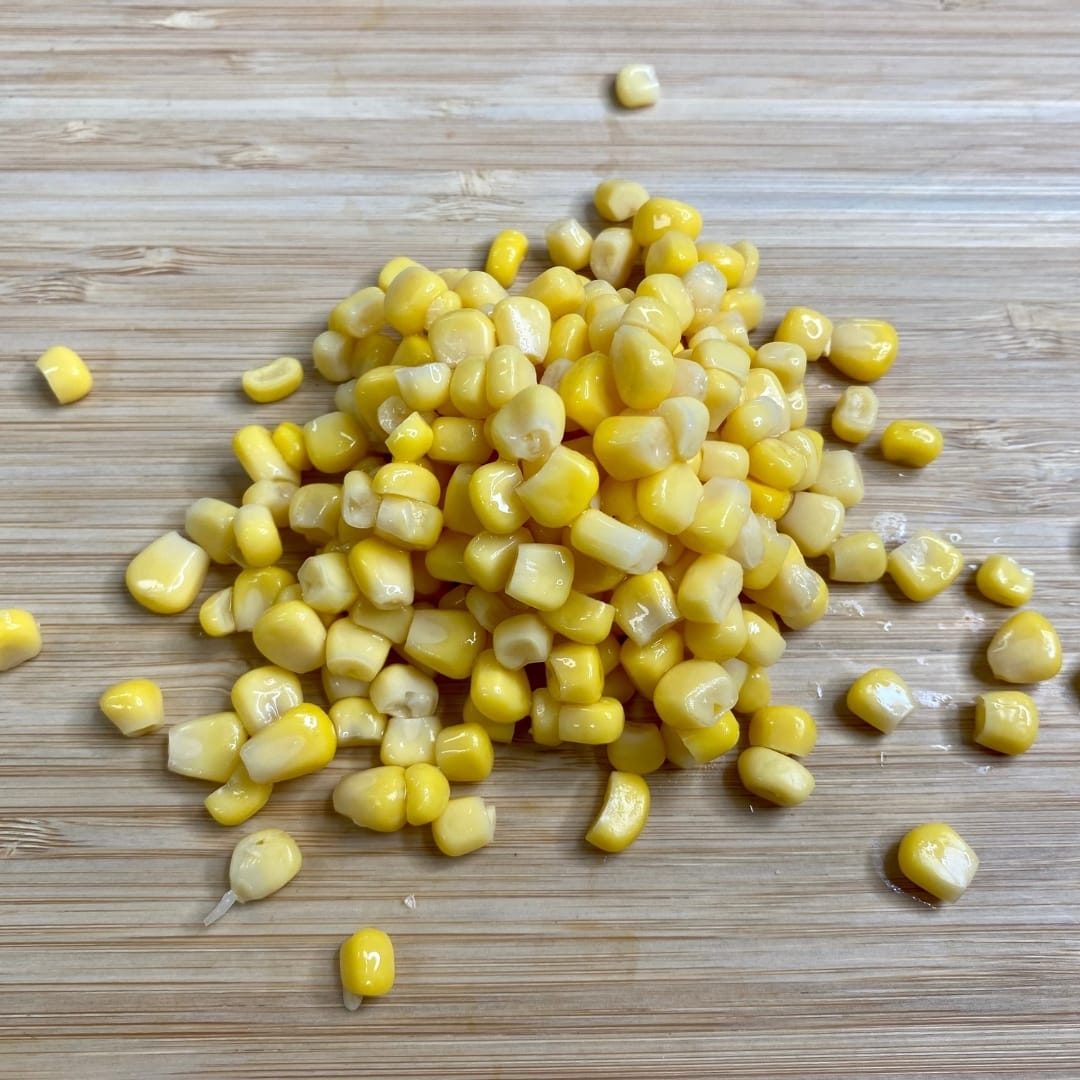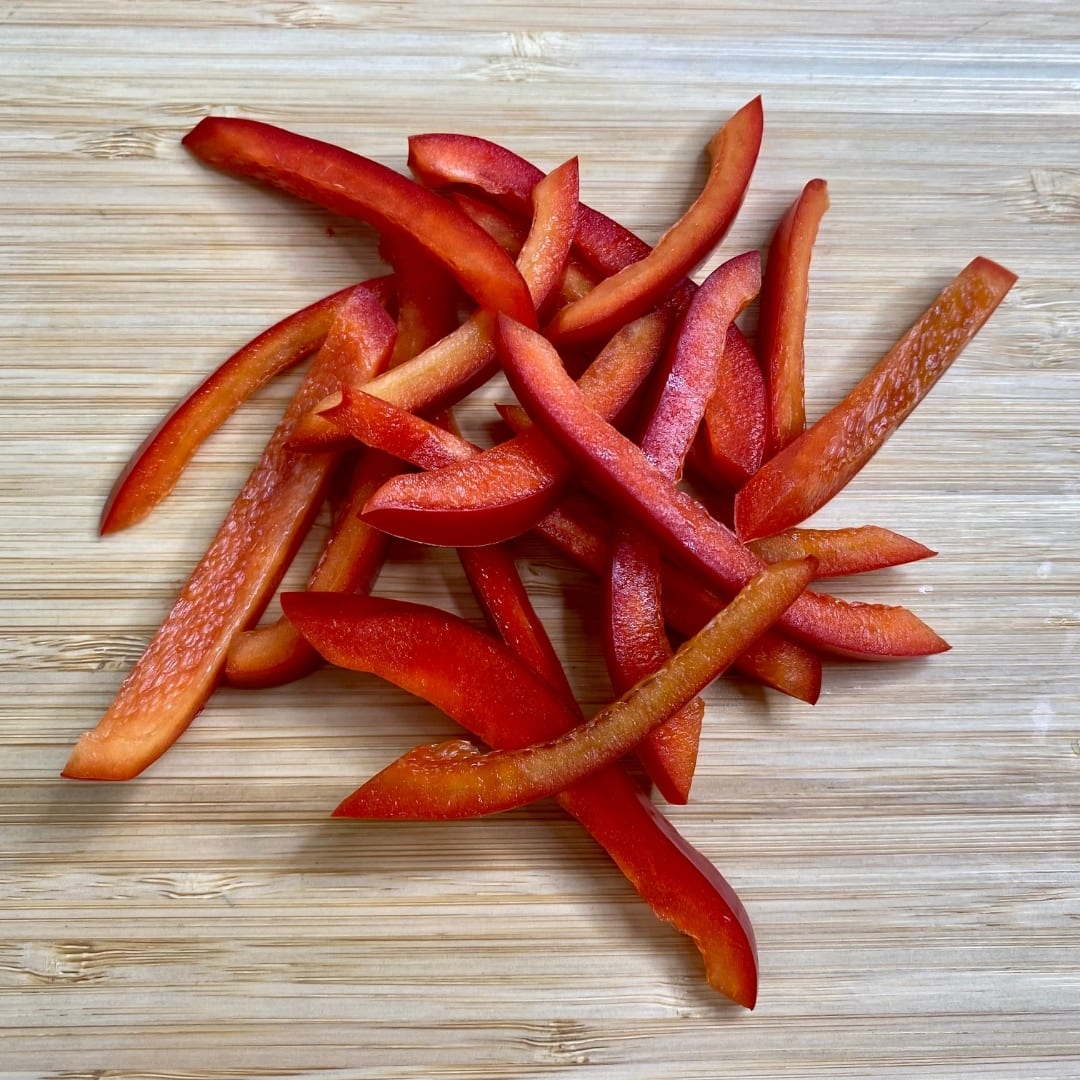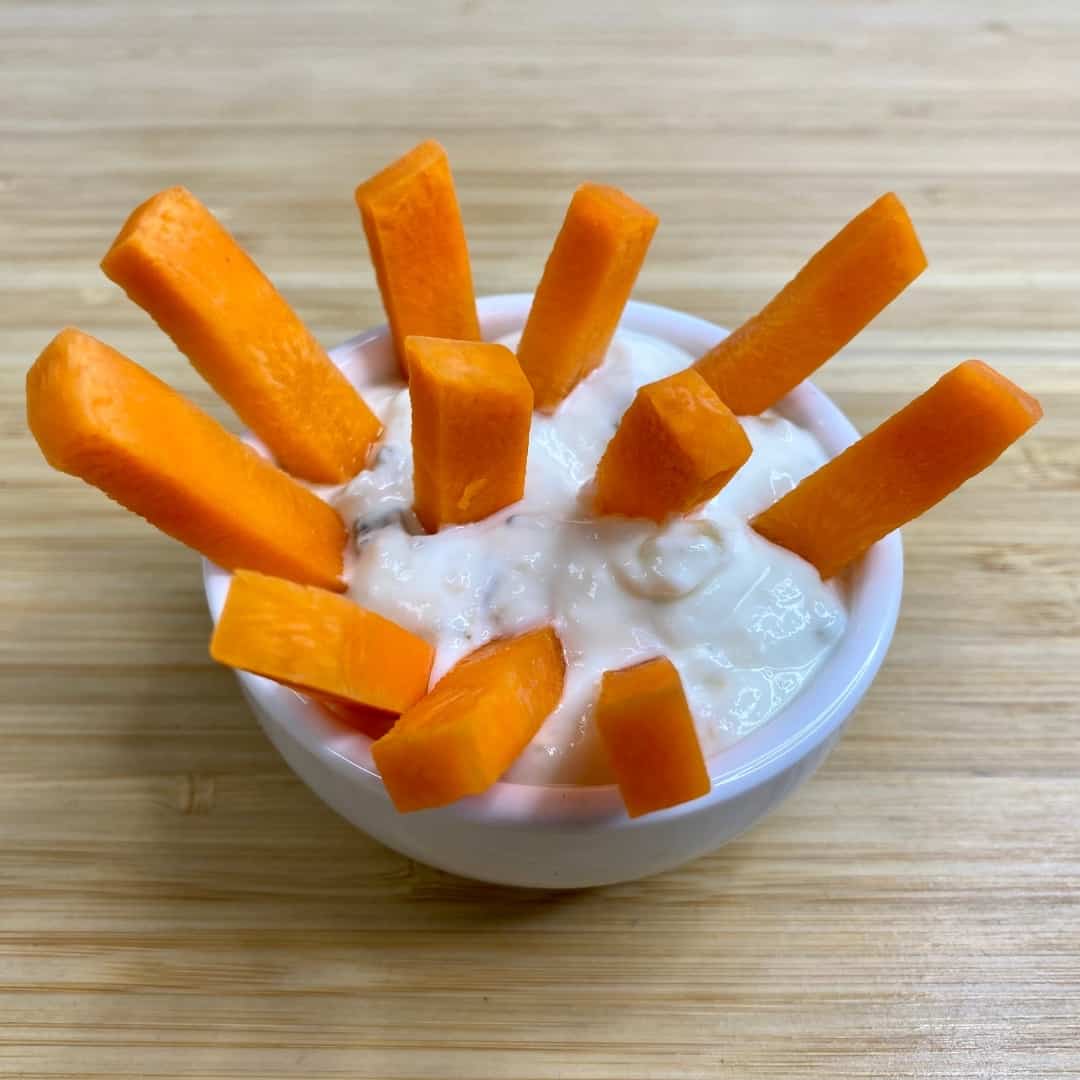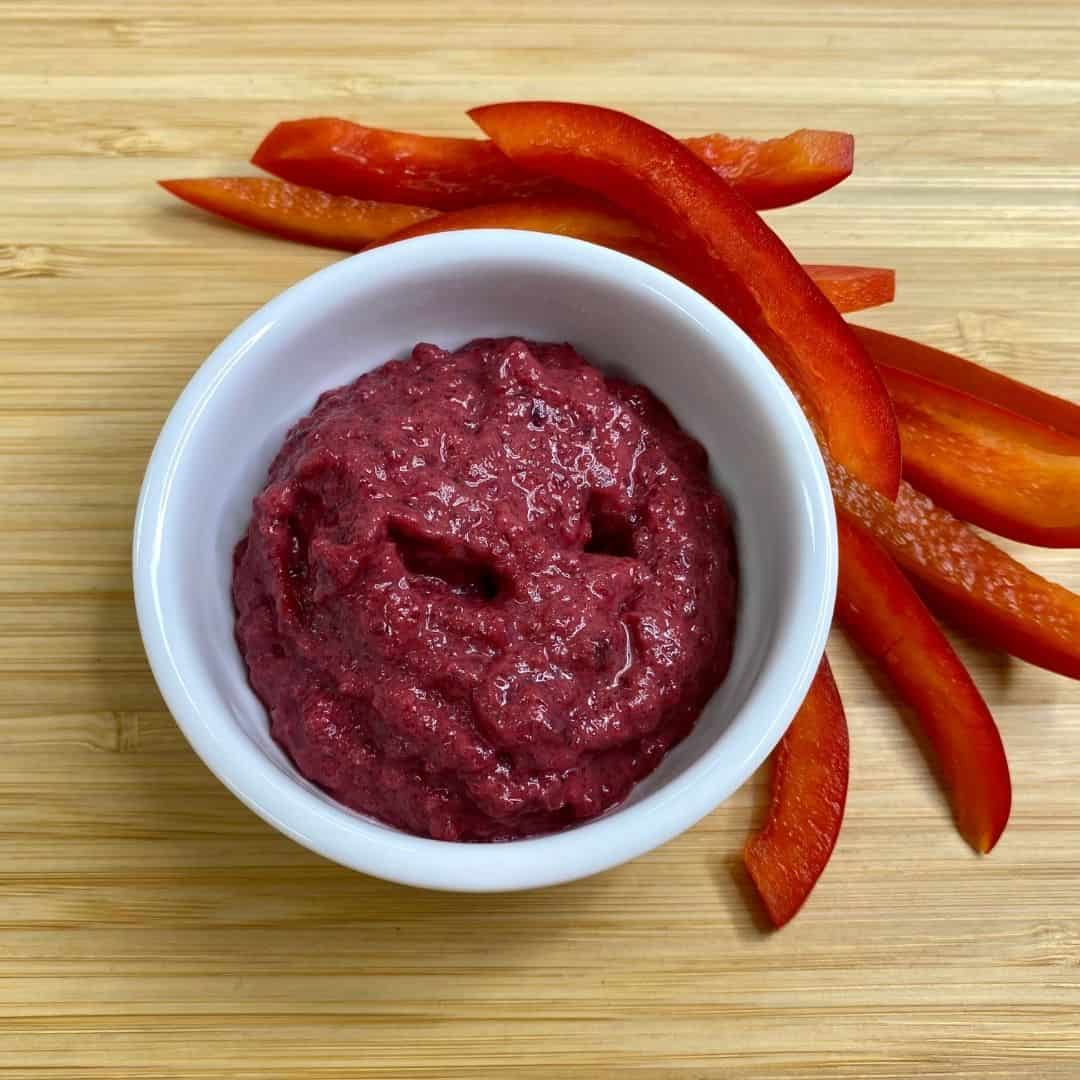
Vegetables are hands-down the most commonly refused food by children. As a parent this can be incredibly frustrating and stressful because we all know how important vegetables are for good health. They're an amazing source of a wide variety of vitamins, minerals and antioxidants, and let's not forget about fibre!
Unfortunately, most vegetables also have another common property – bitter flavours. And it is for this very reason that many children are reluctant to eat them. Bitterness is a known taste driver of dislike in foods (1).
It's not just what they taste like that drives this dislike, it is also the sensory properties that they lack which acts as a barrier to acceptance. The commonly identified tastes that are known to drive food acceptance are sweet, sour, salty, fatty and umami (1) (think savoury, meaty flavour). Not really tastes that feature strongly in vegetables.
Where should you start?
To help increase a child's acceptance of vegetables we can target exposures that are most likely to succeed. A great place to start is with the few naturally sweet vegetables. These include:
- Sweet corn
- Capsicum
- Peas
- Tomatoes
- Cooked carrot
- Cooked sweet potato





Thanks to local Canberra business, Alpha Fresh for the produce. They can deliver fresh, delicious fruit and vegetables to feed your family, right to your door!
It can take multiple exposures before a child will happily accept a food, so offer these regularly, even if they have been refused before.
In addition to gaining acceptance through repeated exposure, we can also adopt other methods to make vegetables more appealing. Given that sweet tastes are known to be more readily accepted, we can team vegetables up with sweet flavours to help increase acceptance. Studies have shown that this can lead to an increased acceptance of vegetables, with one study looking at cucumber and green capsicum specifically (2). Some ideas to try:
- Savoury muffins with carrot, zucchini, pumpkin or capsicum
- Corn fritters
- Zucchini slice
- Tzatziki dip
Speaking of dips, research also shows that offering dips with preferred flavours can lead to an increase in vegetable acceptance (3,4). There are so many different options for dips that you could try with your fussy eater. Create a colourful array of vegetable sticks and offer them with:
- Cream cheese
- Hummus
- Tzatziki
- Corn relish
- Guacamole
- Beetroot dip
If you've got hungry kids after school, these are great options to prepare for them to eat!



Thanks to local Canberra business, Alpha Fresh for the produce. They can deliver fresh, delicious fruit and vegetables to feed your family, right to your door!
Another strategy to help increase food acceptance is to allow your children to play with their food. Tactile sensory play has been shown to increase willingness to try new vegetables (5). Remove the pressure to eat and let your kids have some fun with food. Some ideas for food play:
- "Painting" in a dip with different vegetable sticks
- Using vegetables and a dip to create a Rice Cake face (hint: alfalfa sprouts make for great hair!)
- Constructing cars or boats out vegetable pieces and toothpicks.
- Using small cookie cutters to cut shapes out of soft, cooked vegetables (eg cooked sweet potato).
As you can see, there are plenty of ways to go about trying to get your fussy eater to eat their vegetables but the true key to success is offering them every single day. Be consistent and don't let one refusal deter you from offering again (and again, and again, and again …).
If you're having trouble with a fussy eater at home, we can help! Michelle is our paediatric dietitian, who specialises in fussing eating. You can read more about Michelle below.
References:
- A.A.M. Poelman, C.M. Delahunty and C. de Graaf (2017) "Vegetables and other core food groups: A comparison of key flavour and texture properties", Food Quality and Preference, Vol. 56, Part A, pp 1-7,
- V.L. van Stokkom, A.A.M. Poelman, C. de Graaf, O. van Kooten and M. Stieger (2018) "Sweetness but not sourness enhancement increases acceptance of cucumber and green capsicum purees in children" Appetite, Vol. 131, pp 100-107
- J.S. Savage, J. Peterson, M. Marini, P.L. Bordi and L.L. Birch (2013) "The Addition of a Plain or Herb-Flavored Reduced-Fat Dip Is Associated with Improved Preschoolers' Intake of Vegetables" Journal of the Academy of Nutrition and Dietetics, Vol. 113, Iss. 8, pp 1090-1095
- J.O. Fisher, J.A. Mennella, S.O. Hughes, Y. Liu, P.M. Mendoza and H. Patrick (2012) "Offering "Dip" Promotes Intake of a Moderately-Liked Raw Vegetable among Preschoolers with Genetic Sensitivity to Bitterness" Journal of the Academy of Nutrition and Dietetics, Vol. 112, Iss. 2, pp 235-245
- H. Coulthard and A. Sealy (2017) "Play with your food! Sensory play is associated with tasting of fruits and vegetables in preschool children" Appetite, Vol. 113, pp. 84-90





